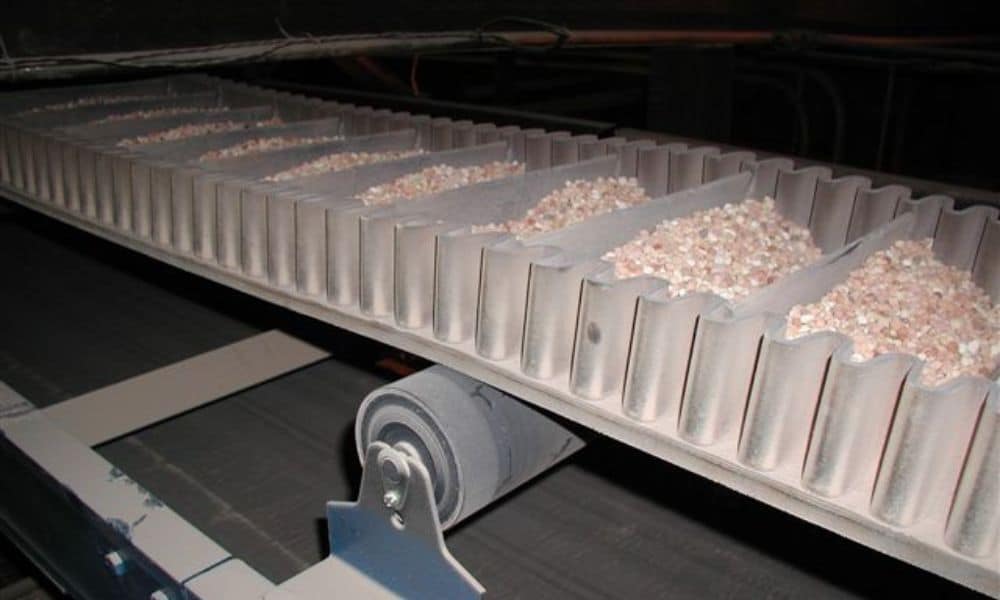
A conveyor belt system is an automated transport mechanism that moves materials from one location to another. They help reduce the manual labor needed for transportation and allow companies to optimize their operations by moving goods quickly throughout the facility. However, some environmental factors can negatively impact conveyor belt systems. Here are the environmental effects on conveyor belts to watch for.
Weather Conditions
Weather conditions can have a major impact on conveyor belt systems. Temperature changes like extreme heat and temperatures below freezing can cause serious wear and tear. Heat can cause conveyor belt materials and parts to dry out, weaken, and crack. Cold weather causes most materials used in conveyor systems to become brittle over time, making them prone to cracking or breaking when subjected to stress or strain. Freezing conditions can lead to ice buildup along moving parts of the system, which will impede its performance and could even cause equipment failure.
Humidity & Moisture
Humidity and moisture can also significantly affect the performance of conveyor belt systems. Moisture will seep into the fibers of a belt and cause them to expand or shrink depending on the temperature, weakening its material and making it prone to damage. High humidity also encourages rusting of metal components within a conveyor system, leading to premature failure if not addressed quickly. To mitigate this issue, operators should regularly inspect belts for signs of excess moisture buildup and add insulation or drain any standing water when necessary.
Sunlight
Another environmental factor that can have a damaging effect on conveyor belts is prolonged exposure to sunlight. UV rays from direct sunlight will gradually break down certain materials like rubber in these systems. This exposure reduces their life span significantly unless properly shielded with covers or other protective measures. In addition, the heat generated by direct sunlight can cause the material in a conveyor belt system to become brittle and unstable over time, making it more prone to breaking under pressure if not addressed quickly.
Corrosive Materials
Corrosive materials found in industrial environments can also dramatically impact conveyor belt systems if not properly managed. Substances like acids or alkalis can erode crucial components like pulleys and axles over time. Even the smallest amount of these chemicals coming into contact with system parts could eventually lead to significant damage and require costly repairs or replacements. Operators must establish regular maintenance checks and cleaning protocols specifically designed for dealing with corrosive material in their facility to avoid this issue.
Now that you know what environmental factors impact conveyor belts, you can take the necessary steps to protect against them. If you’re looking for a new conveyor belt system, check out Cambelt’s high-quality supply, including mining conveyor belts.
